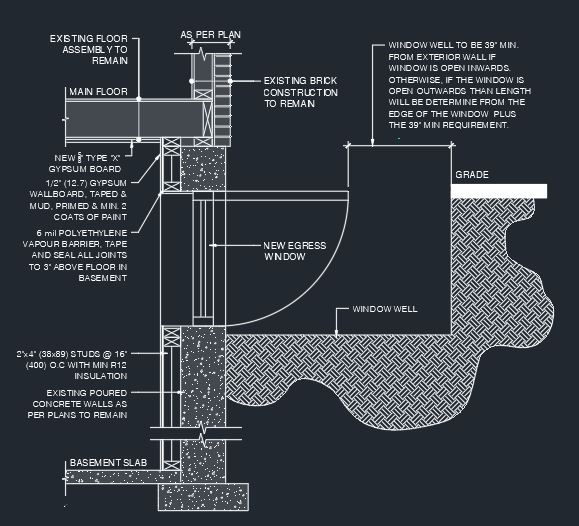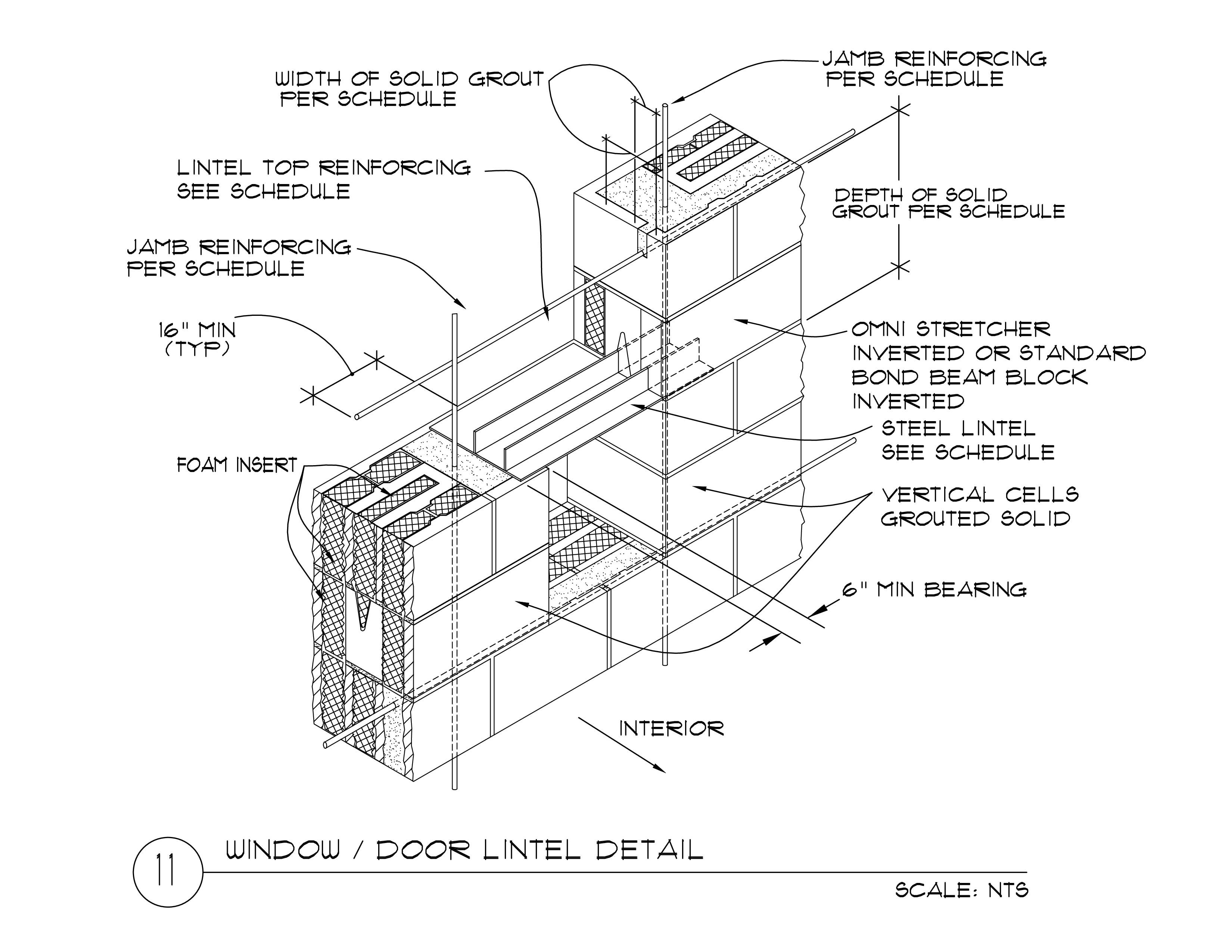

Similarly to a stone masonry unit, a CMU system involves stacking concrete blocks on top of each other with mortar joints, but there are also CMU systems that are motarless and are joined together with tongues and grooves. Most present-day buildings are made of these blocks or bricks.ĭo you know, there’s a difference between concrete and mortar? If no, find it here: Difference between Cement and Concrete or Mortar Wind and seismic loads are also held up by concrete blocks. If you’re thinking about using a CMU wall for your next construction project, here’s everything you need to know about how they’re built and their advantages and disadvantages.Īlso Read: Types of Concrete Block used in Construction CMU Block DetailsĬoncrete blocks act as a load-bearing wall for residential homes and buildings, holding up floors, arches, vaults, and roof rafters. Buildings made with CMU walls last for years and even generations. But at the same time it is a reliable choice for a solid foundation. Here’re some awesome parapet wall designs for inspiration.

We prefer CMU walls because of the beauty they add to the exterior and interior of a house. CMU wall is a popular method of building retaining walls, different types of footing, and other heavy-duty structures because of its flexibility, longevity, and low maintenance requirements. MeaningĬMU wall construction dates back to early 20th century, but it’s still popular today due to its structural durability and flexibility. Concrete blocks or bricks are joined together with mortar.

We also call this construction as CMU or concrete masonry units. A CMU wall, also known as a concrete masonry unit wall, is built with rectangular concrete blocks laid as masonry.


 0 kommentar(er)
0 kommentar(er)
